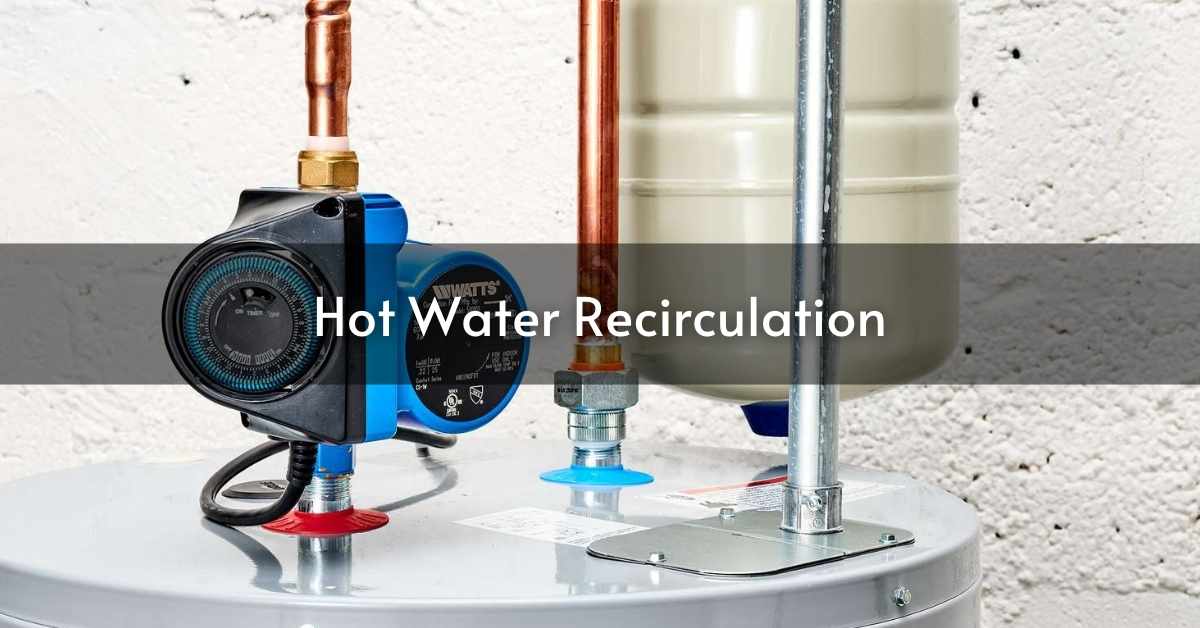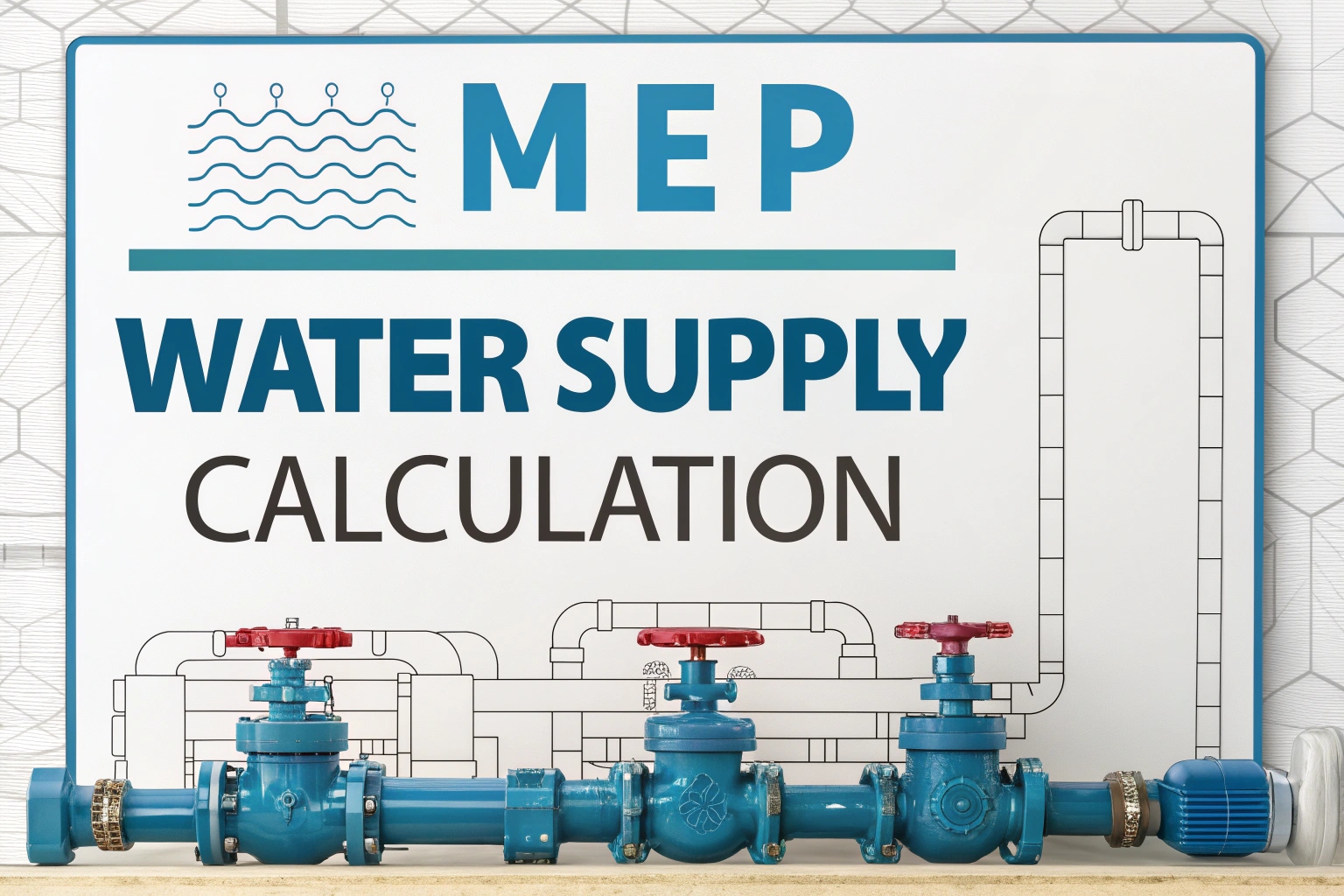A hot water recirculation system quickly sends hot water to your taps and showers without making you wait for it to warm up. Instead of using the usual low water pressure found in most pipes, these systems move water fast from the water heater to your faucets. In this blog, we will explain how these systems work and cover three main types of home recirculation systems.
What is a Hot Water Recirculation System?
A hot water recirculation system is really an appliance that circulates warm water in pipes to the sinks, showers, and appliances in the building. In such a system, hot water keeps flowing through pipes, eliminating the need for waiting at the faucet or shower for the warm water to arrive. This saves drinking water and also saves the energy costs on heating water.
Types of Domestic Hot Water Recirculation Systems
Dedicated Loop
In this system, a circulation pump connects to the lower part of the water heater tank. This area is the cooler part of the system, called the return. The hot water pipe forms a loop through the house, passing near each plumbing fixture. A short pipe links the loop to the hot water valve at each fixture.
Since hot water keeps moving through the loop, it reaches the valve almost instantly when opened. This setup can extend the pump’s life. If no one is living in the house, the pump may be unplugged to avoid wasting electricity.
Integrated Loop
This system is often used in renovations but can also be installed in new homes. A pump is placed under the plumbing fixture farthest from the water heater. The pump has a sensor that turns it on when the water temperature drops below 85°F and turns it off when the temperature reaches 95°F. Newer pumps let you adjust this range from 77°F to 104°F.
In this system, hot water circulates occasionally. The hot water returns to the water heater through the cold water pipes, slightly warming the cold water. However, the cold water quickly returns to its normal temperature.
Activation
Most hot water recirculation systems work with a thermostat or timer. A thermostatic system turns on the pump when the water in the pipes has fallen to a low temperature. A timed system turns it on when the clock has reached a preset time. Both ensure you’ve always got hot water at the faucet.
Benefits of Hot Water Recirculation Systems
There are many benefits of a hot water recirculation system in your home.
- Water Conservation: There would be no waiting time for getting hot water, thereby saving the water.
- Energy Conservation: The more time spent at the tap, the lesser the energy required to warm the water.
- Convenience: you get hot water right away, so your life is easier and more comfortable.
- Higher Property Value: A recirculation system in a modern home would command higher property value.
Installation Considerations
When you think about installing a hot water recirculation system, keep these factors in mind:
- Size and design of your house: House size and design will determine which recirculation system is preferred
- Old Plumbing: You will first need to upgrade the old plumbing to accommodate a new recirculation system.
- Budget: Installation costs will vary greatly, depending on the type of system and how complicated the installation is.
Consider contacting a plumbing professional to steer you in the right direction for your particular situation.
Do They Really Save Energy and Water?
Recirculation systems help reduce the amount of water that goes down the drain while you wait for it to heat up, whether you control them manually or automatically. This gives you three main benefits compared to regular water systems:
- They save time. Recirculation systems send hot water to your faucets quickly, making things easier for you.
- They conserve water. According to the U.S. Department of Energy and the U.S. Census Bureau, households waste between 400 billion and 1.3 trillion gallons of water each year while waiting for it to heat up. That’s almost 2 million Olympic-sized swimming pools!
- They limit energy waste. The Department of Energy estimates that households waste 800 to 1,600 kilowatt-hours each year to treat and pump water that will be wasted while waiting for it to warm up.
However, if recirculation systems run all the time, they can use a lot more energy—up to 400 to 800 kilowatt-hours a year for a small pump. Also, if the hot water pipes aren’t well insulated, they lose heat, causing the water heater to work more. This extra heat might be helpful in winter, but it can make your home warmer in summer and lead to higher air conditioning bills.
Conclusion
Domestic hot water recirculation systems can save a great deal of water for homes that use much of it. This helps save energy and money by allowing users to choose different systems for varying time periods. In comparison, one evaluates the saving on water, energy, or cost. A traditional system with a return line or a demand-controlled system gives instant hot water and avoids much wastage. Smart move: installing a hot water recirculation system is one way towards better sustainability.
FAQs
What is domestic hot water recirculation?
A hot water recirculation system is a plumbing setup that brings hot water to your faucet very fast without having to wait for a long time. Instead of being dependent on the low water pressure, these systems quickly move the hot water from the heater to your fixtures.
How to recirculate hot water in a house?
Use a timer to set when the pump should run, so you have hot water quickly when you need it. Connect the check valve of the recirculating system under the sink furthest away. It helps to provide hot water quickly across the house.
What is a domestic hot water supply system?
A hot water heating system, or simply how warmer water is made available and supplied to the wash basins, baths, and other appliance centers in terms of the populations’ needs, is called a Domestic Hot Water (DHW) System.
What are the types of recirculation systems?
In demand-controlled systems for a hot water recirculation system, the pump is running only when it is necessary to take a shower or use domestic hot water, in timer-controlled systems the time of pumping is based on a clock, while in continuous systems the pump is always-on alternating on and off when necessary.
Read More – Fitting and Accessories Plumbing System: A Complete Guide













